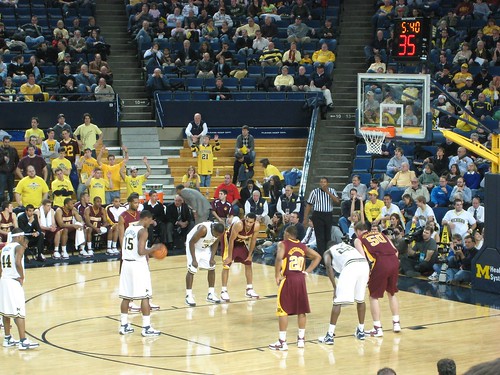Media Imperialism (Anglo-American Dominance)
Imperialism: “the extension or imposition of power, authority, or influence.” (Merriam-Webster Dictionary Online)
Imperialism is justified under “the White Man’s Burden” views. (See 1899 poem by Rudyard Kipling entitled “White Man’s Burden”)
Part of Poem:
"Take up the White Man's burden‑‑
Send forth the best ye breed‑‑
Go, bind your sons to exile
To serve your captives' need;
To wait, in heavy harness,
On fluttered folk and wild‑‑
Your new‑caught sullen peoples,
Half devil and half child."
This is an example of the imperialistic mindset.
This cartoon from 1903 is a follow-up to the poem and the imperialistic, racist mindset.
To where is the "native" being taken? For what purpose?
And now...
Media Imperialism: “the imbalance and inequality in flow of mass media materials between developed and developing countries, and its subsequent effect on the developing country’s society and culture”(Araby in Frederick,1994).
Can you develop another definition related more to the definition of imperialism above?
Western (American) Media Imperialism.
Q: What American values can be found in its media products?
A: Individualism, materialism, adventurism, etc.
Effects of Media Imperialism?
See below the relevant quote William Loren Katz wrote in his book "The Black West: A Documentary and Pictorial History of the African American Role in the Westward Expansion of the United States."
"The 1890s, which opened with the closing of the [U.S. western] frontier, closed with the beginning of American imperialist expansion. From Puerto Rico in the Caribbean to the Philippines in the Pacific, industrialists and bankers found a new frontier brimming with opportunity. To justify the control of darker peoples abroad, white supremacy arguments again flooded the land. White racism at home or abroad employed the same rhetoric and wielded the same weapons" (Katz, 1996, p. 321).
Share this post with others. See the Twitter, Facebook and other buttons below.
Please follow, add, friend or subscribe to help support this blog.
See more about me at my web site WilliamHartPhD.com.











